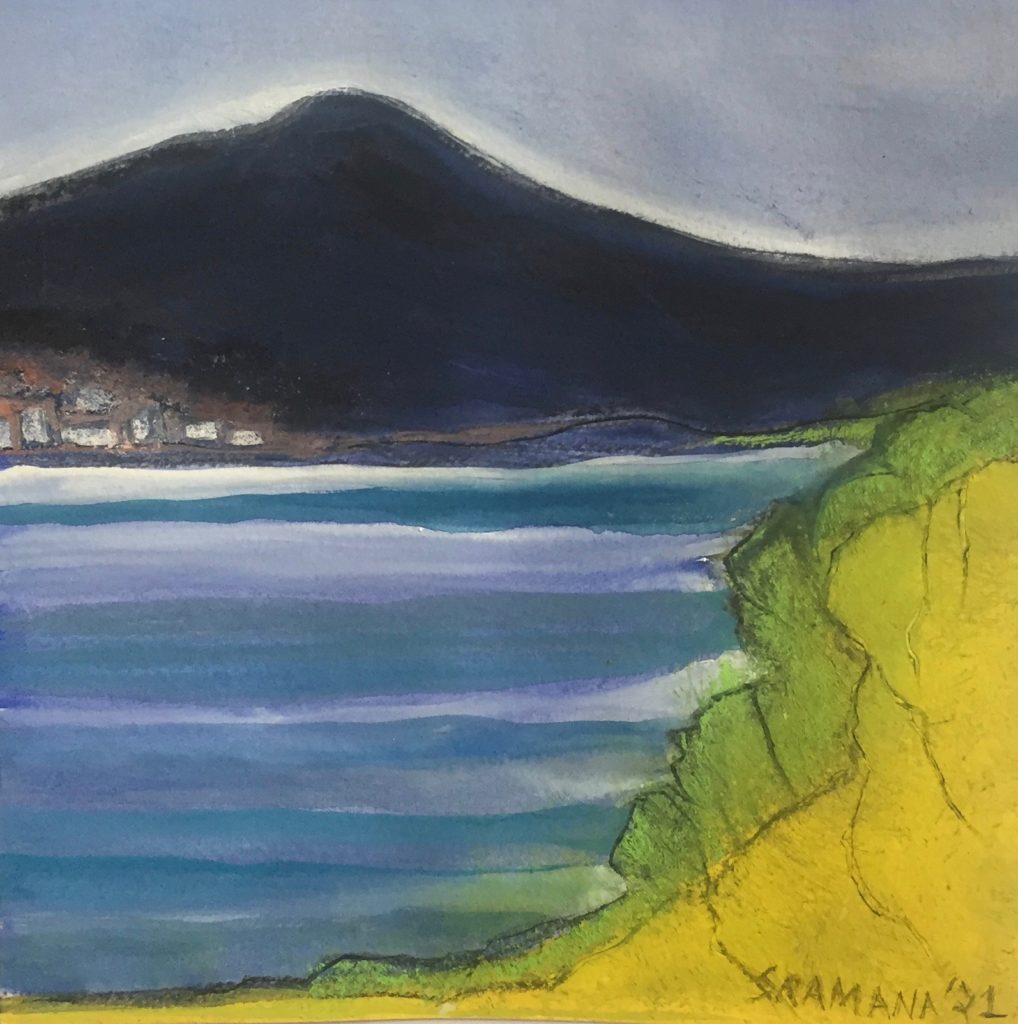Thought Leaders in Cloud Computing: Movius CEO Ananth Siva (Part 5)
Sramana Mitra: There’s a part of your story that I resonate with – having a corporate number that doesn’t move around. Some other employee mans that number. When the customer calls that number, they’re bound to get somebody. That is very compelling.
Permit me to play the devil’s advocate. I think your story is more compelling when you use that value proposition than all this trust and employees combining devices. It’s a very hairy area. The reason you hear me interacting with you to this extent on this topic is that I have worked on a company within our program that went through this issue.
>>>Featured Videos
Catching Up On Readings: ET Startup Awards 2022
This feature from The Economic Times covers the winners of the annual ET Startup Awards across nine categories including Startup of the Year and Bootstrap Champ. For this week’s posts, click on the paragraph links.
>>>Thought Leaders in Cloud Computing: Movius CEO Ananth Siva (Part 4)
Sramana Mitra: I’ve talked to some CEOs who are in that business as well. Key employers are keen to monitor what employees are doing on their time. They want to see what are the activities on the device. You get into this thing about the employees’ devices being monitored by software that the employer is putting in. That’s how employees are getting around that – getting another computer.
Ananth Siva: That’s a fair comment. Fortunately for us, all our customers have seen that we have that ethical wall created, for example in Microsoft InTune, Blackberry Dynamics, and WhatsApp Business from Movius. Enterprise financial services customers have all been able to give their employees the opportunity to have a business interaction that doesn’t cross the wall. This has been validated.
>>>Video FAQs
Can 1M/1M Help Me Raise Money?
How Does 1M/1M Democratize Entrepreneurship Education?
How Does 1M/1M Democratize Management Consulting?
When Is The Right Time To Join 1M/1M?
Can 1M/1M Help Me With Business Development?
Can 1M/1M Help Me With Market Sizing?
Can 1M/1M Help Me Validate My Product?
Will I Have Private 1-on-1 Sessions In 1M/1M?
How Does 1M/1M Help Entrepreneurs Connect With Silicon Valley?
Mentoring or Consulting?
Why Does 1M/1M Charge $1000 a Year?
Why Does 1M/1M Partner With Local Organizations?
Why Don\’t Mentoring Networks Work?
Why Is It Important To Study With 1M/1M Now?
Dan Stewart Story
Vikrant Mathur Story
Bootstrapping Using Services from The Netherlands to a $300M+ Exit: Quintiq and ActiVote Founder Victor Allis (Part 6)
Sramana Mitra: Is this a B2C business?
Victor Allis: Yes, it’s for voters. The strange thing is, there’s no revenue. There is no business model at the time. All we’re trying to do is to get people to use it to vote. I always believe that if you do something that adds value, there’s always a way to get people to invest in it or pay money. We have a lot of policy questions. People make choices based on it. We can take all these choices and add them up and we could predict that a candidate would win. Our poll was actually closer than most polls.
>>>Colors: Lavender Fields, Aerial

I’m publishing this series on LinkedIn called Colors to explore a topic that I care deeply about: the Renaissance Mind. I am just as passionate about entrepreneurship, technology, and business, as I am about art and culture. In this series, I will typically publish a piece of art – one of my paintings – and I request you to spend a minute or two deeply meditating on it. I urge you to watch your feelings, thoughts, reactions to the piece, and write what comes to you, what thoughts it triggers, in the dialog area. Let us see what stimulation this interaction yields. For today – Lavender Fields, Aerial
Lavender Fields, Aerial | Sramana Mitra, 2021 | Watercolor, Pastel, Brush Pen | 8 x 8, On Paper
594th 1Mby1M Entrepreneurship Podcast with Kyle Asman, Backswing Ventures
Kyle Asman is Managing Director at Backswing Ventures, a firm that has a non-Unicorn investment thesis.
Podcast: Play in new window | Download
Subscribe: Apple Podcasts | Android | Google Play | Stitcher | TuneIn | RSS
Colors: La Petite Village I

I’m publishing this series on LinkedIn called Colors to explore a topic that I care deeply about: the Renaissance Mind. I am just as passionate about entrepreneurship, technology, and business, as I am about art and culture. In this series, I will typically publish a piece of art – one of my paintings – and I request you to spend a minute or two deeply meditating on it. I urge you to watch your feelings, thoughts, reactions to the piece, and write what comes to you, what thoughts it triggers, in the dialog area. Let us see what stimulation this interaction yields. For today – La Petite Village I
La Petite Village I | Sramana Mitra, 2021 | Watercolor, Pastel, Brush Pen | 8 x 8, On Paper
Thought Leaders in Cloud Computing: Movius CEO Ananth Siva (Part 3)
Sramana Mitra: Just to play devil’s advocate, there are plenty of businesses that are not on T Mobile. If you wanted to get to those businesses, working with those carriers would make perfect sense.
Ananth Siva: That’s how we approached this in the first place that might be the case. If you look at the client base that we have, some have already been quoted in the press. You probably have enough connections to ring a few of the Wall Street banks and if you ask them how they are solving the SEC problem today, they will tell you that they made one decision.
>>>